Are you a quantum mechanic? Take the quantum quiz

Quantum mechanics has a reputation for being one of the trickiest subjects to wrap one’s brain around. But there’s plenty of cool stuff you can – and possibly already do – know about the quantum world.
Take the quiz, test your IQ (“into-quantumness”), and learn some fascinating facts for the next time you want to impress people at a cocktail party. Don’t forget to hit the social share buttons below to challenge your friends!
Share your score via the social buttons below and challenge your friends to beat it!
One Reply to “Are you a quantum mechanic? Take the quantum quiz”
Comments are closed.

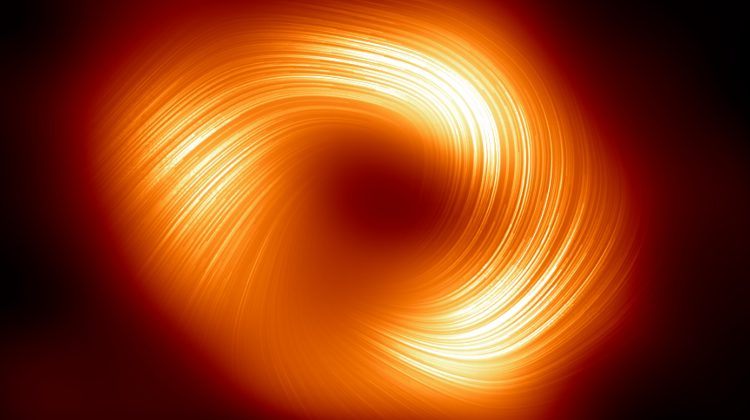

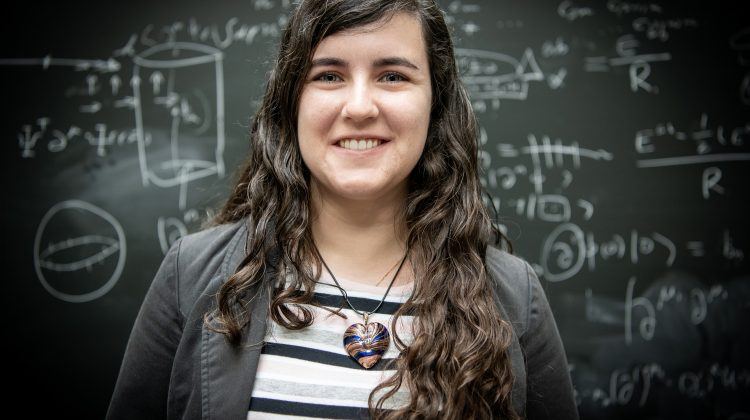


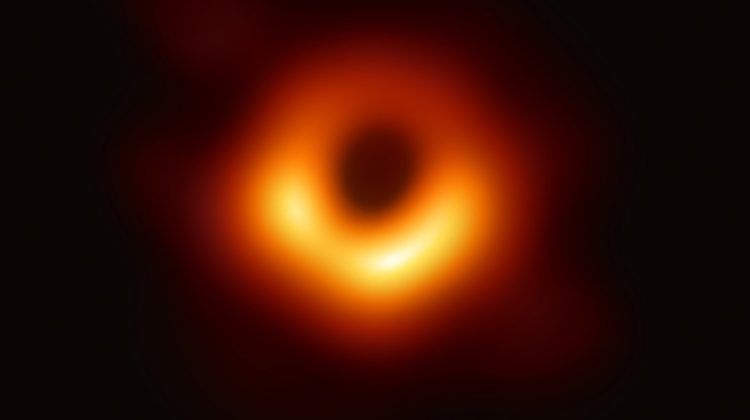
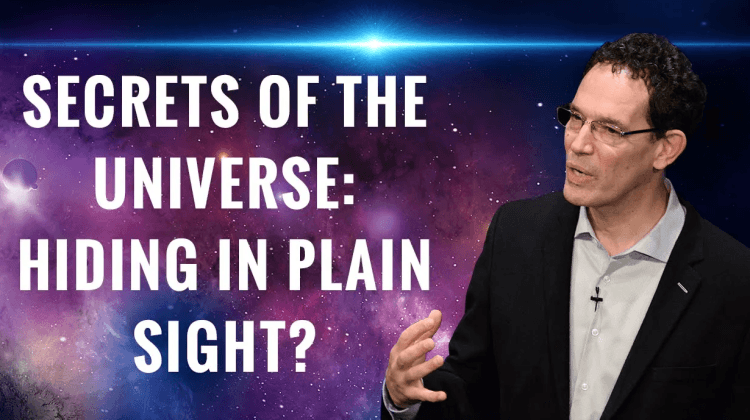
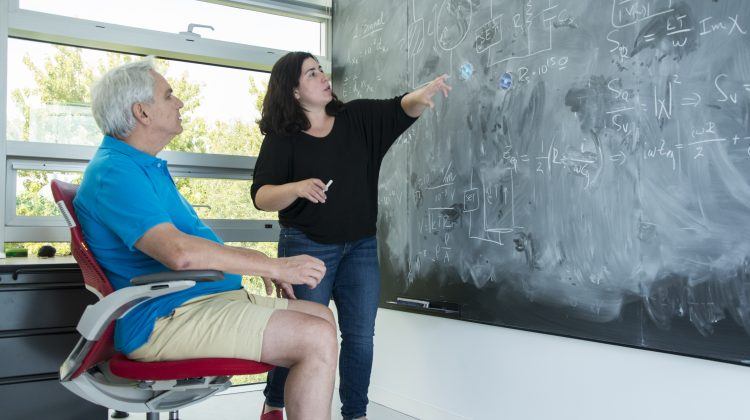


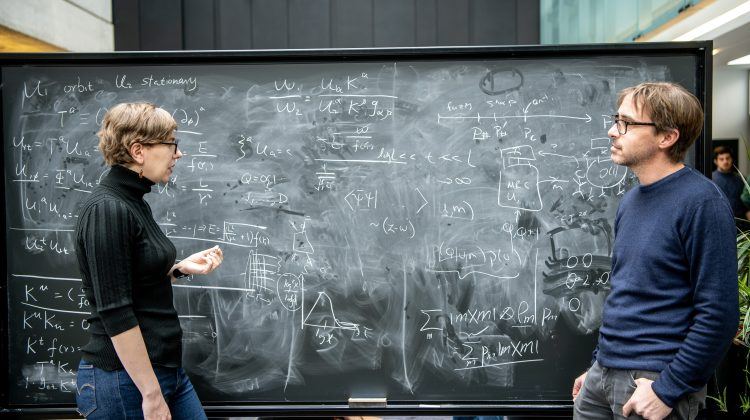


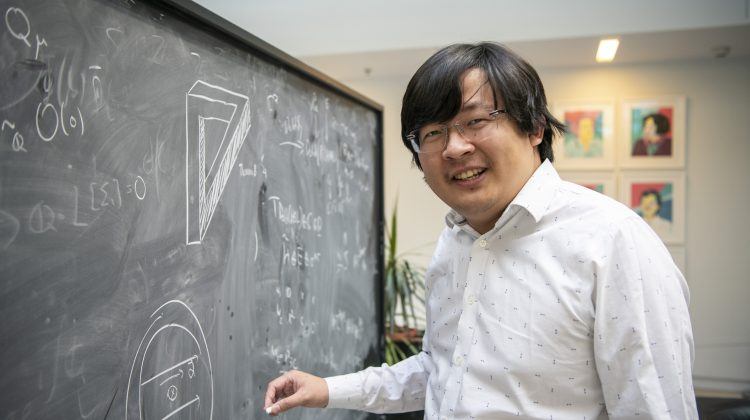


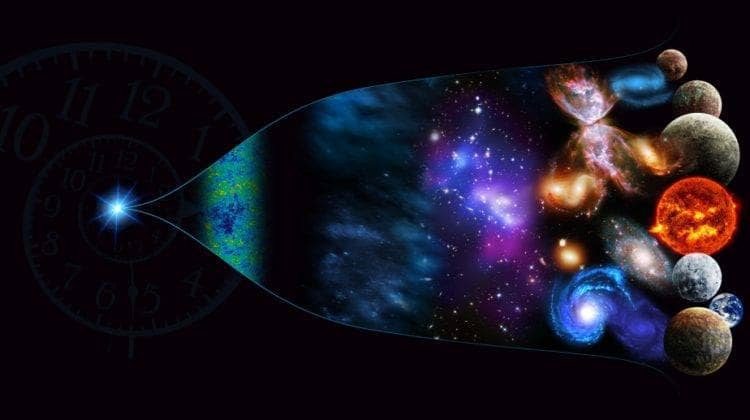
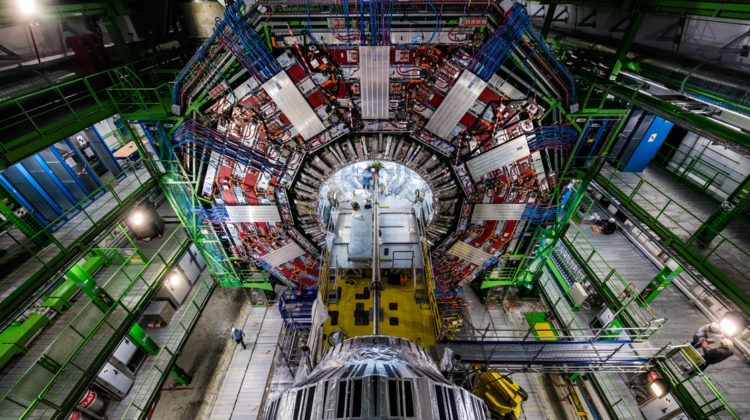
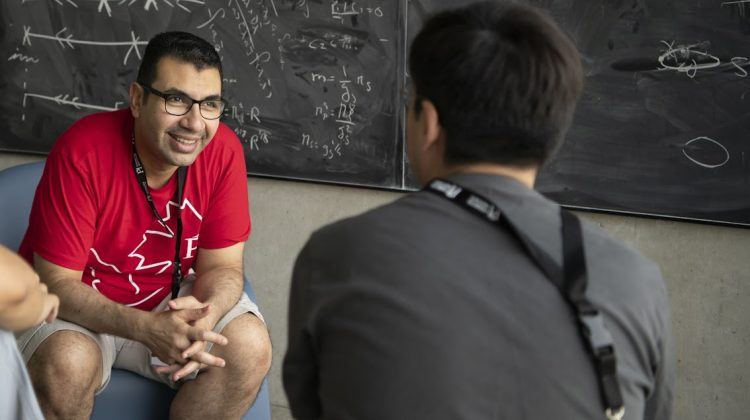
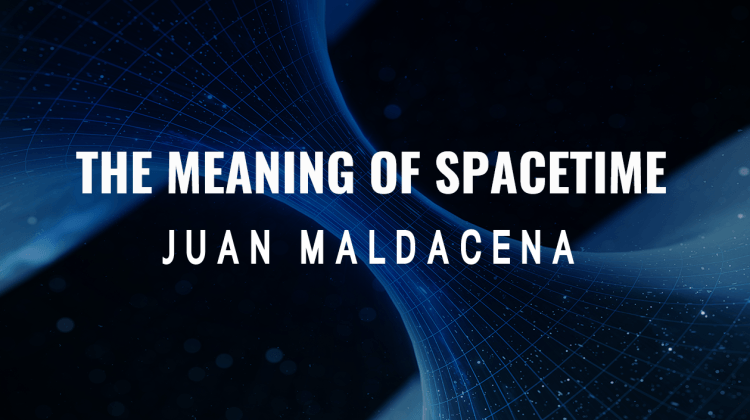
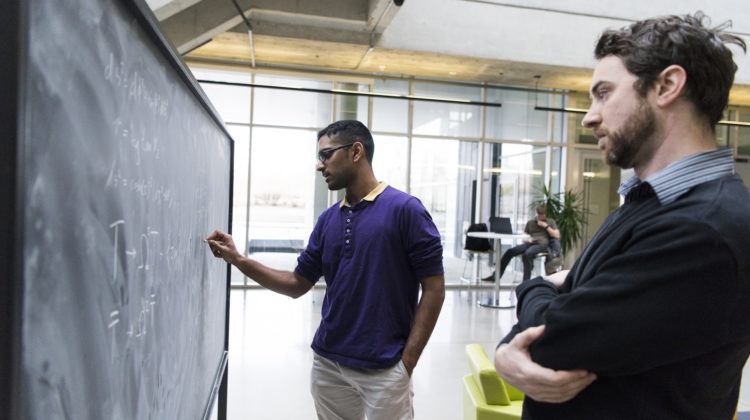
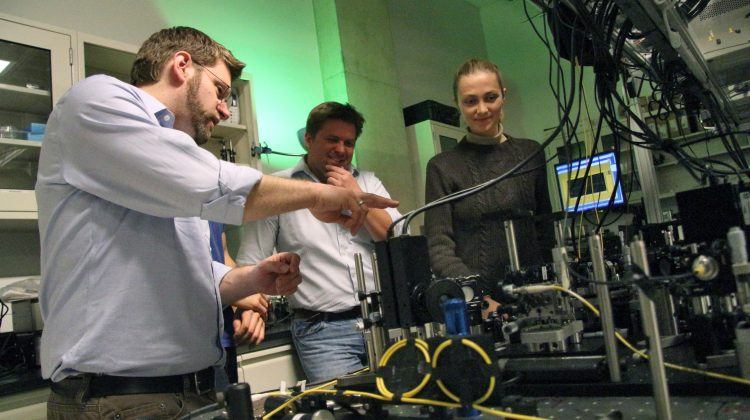
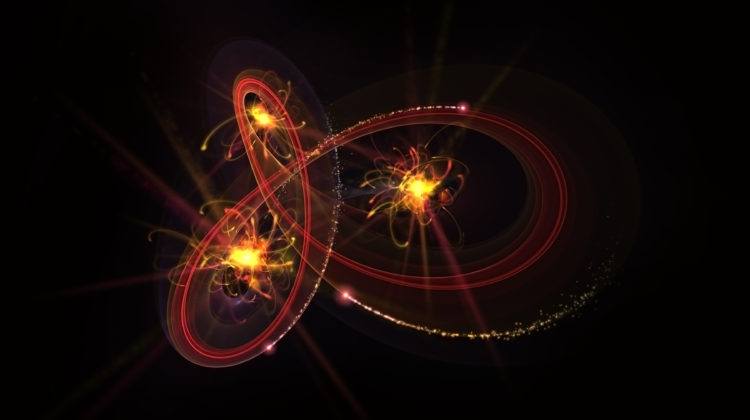




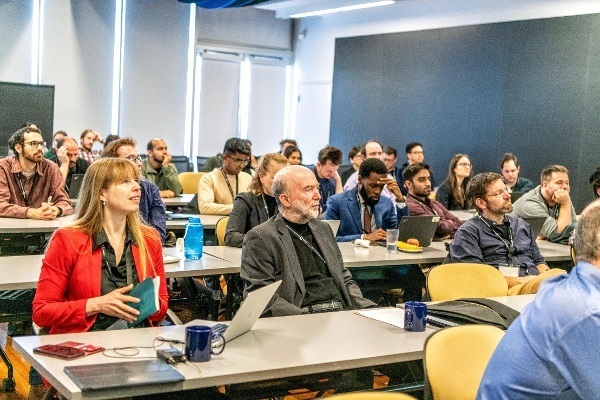



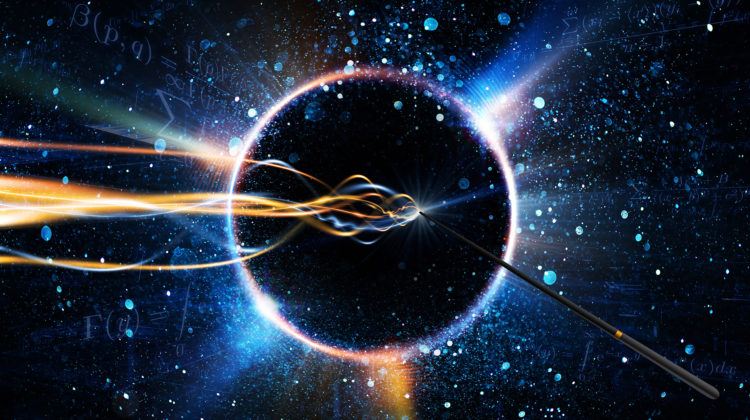


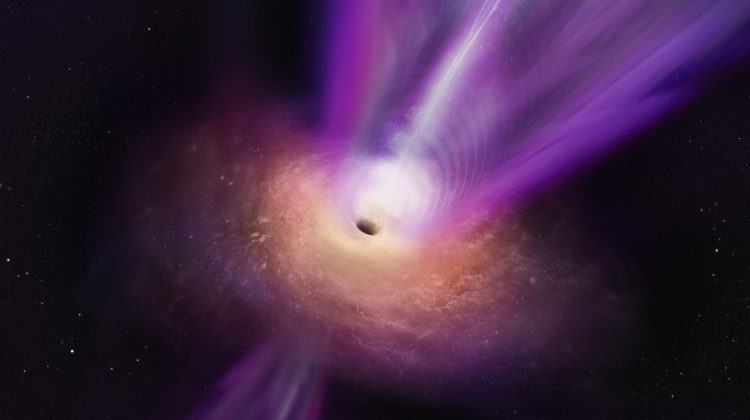
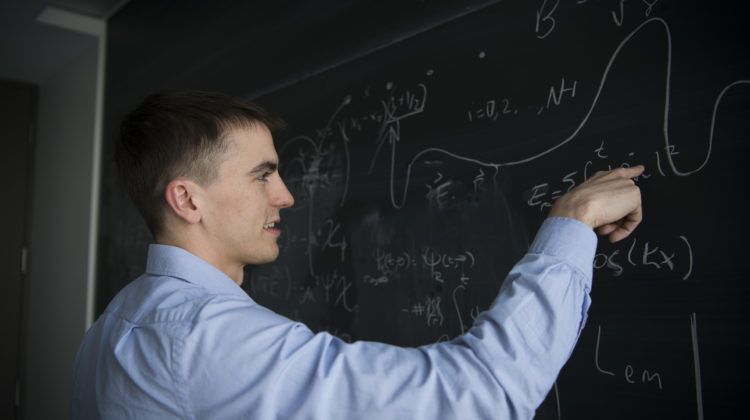
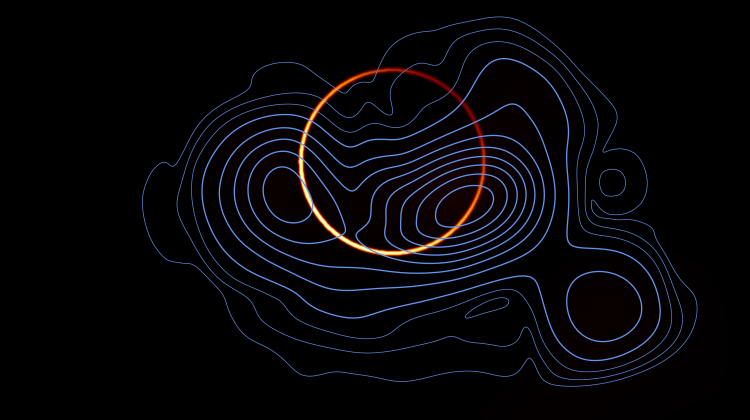

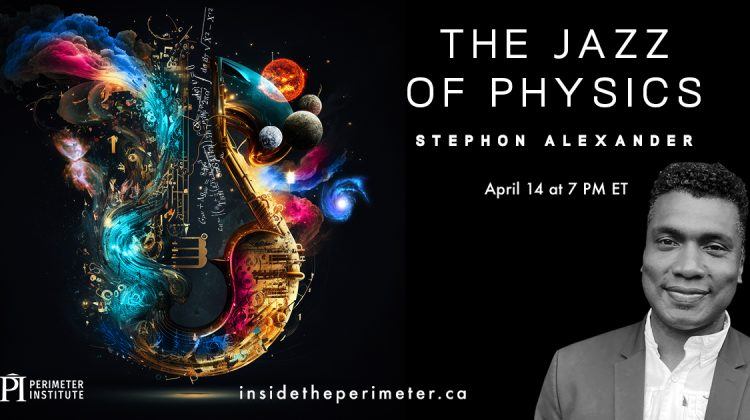

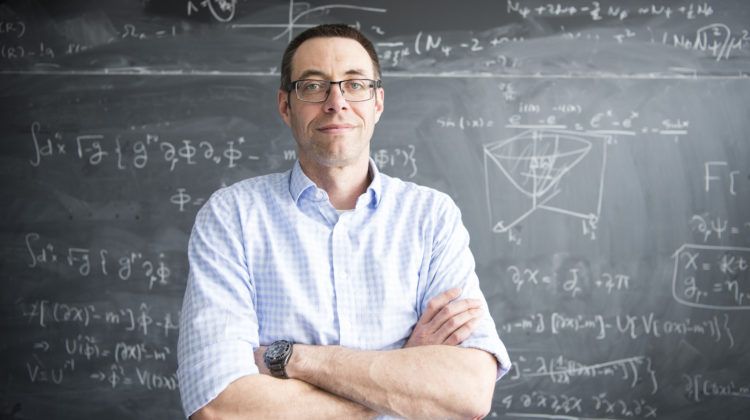
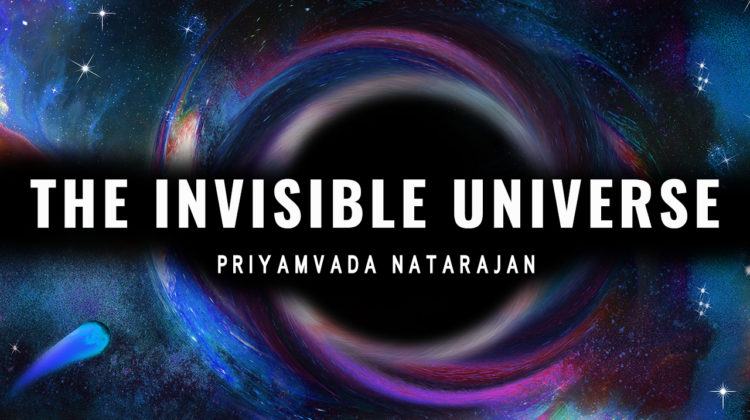


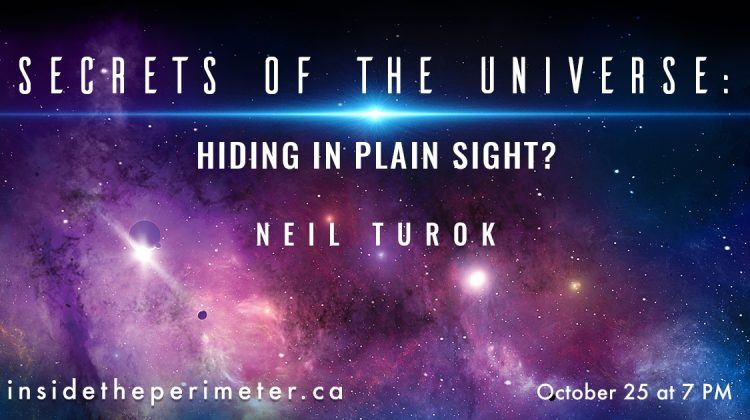



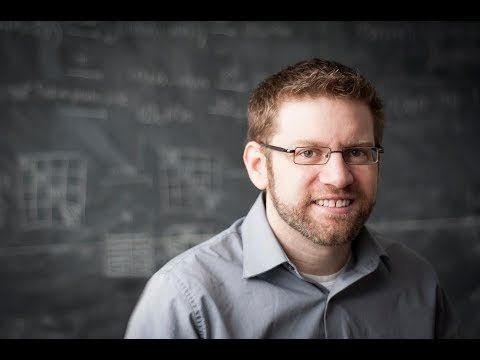
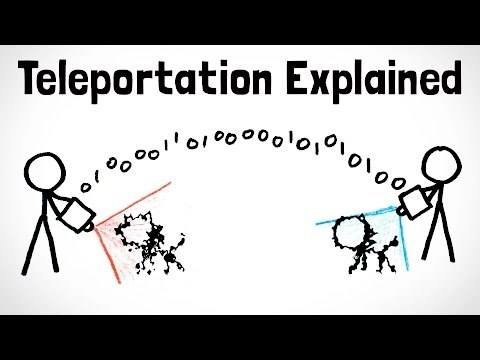
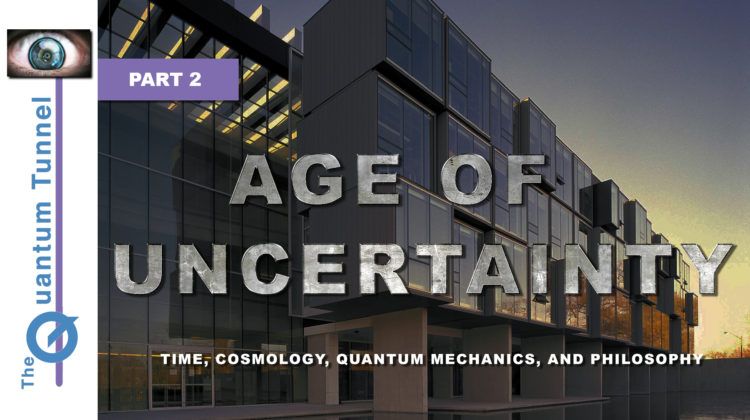
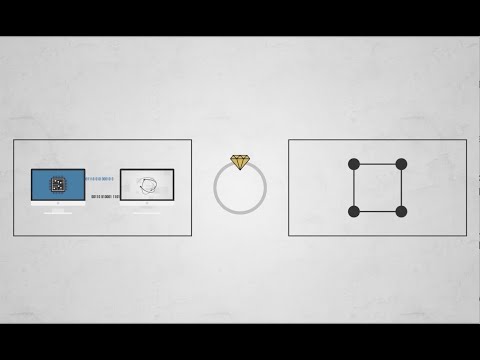

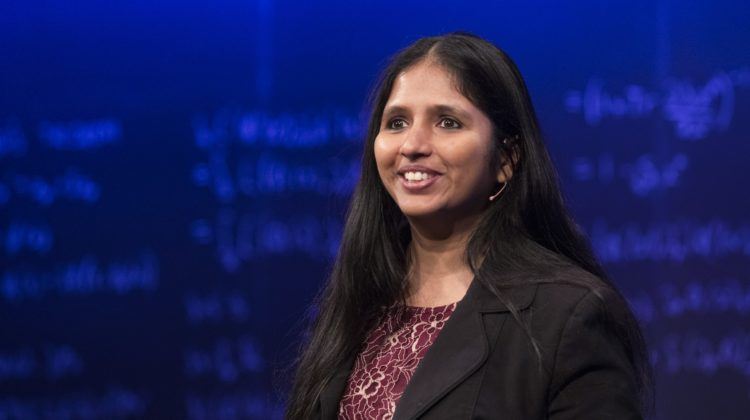
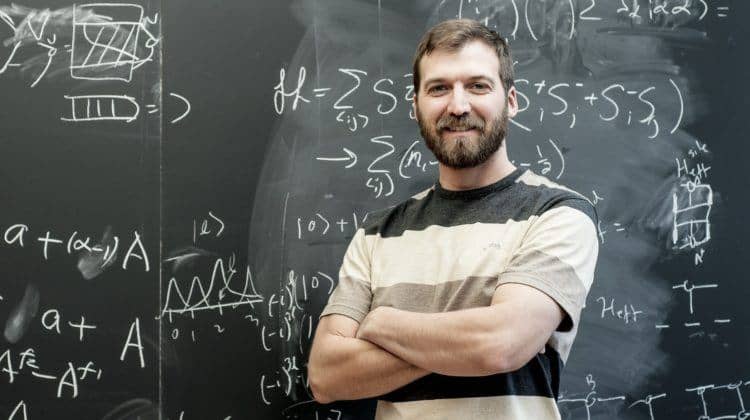
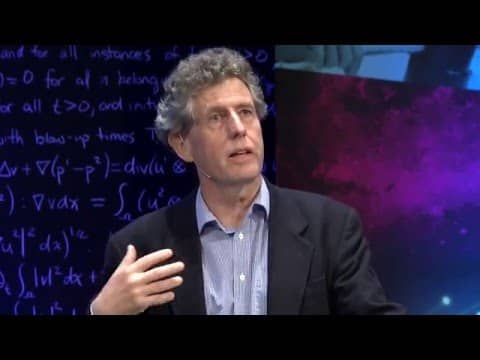

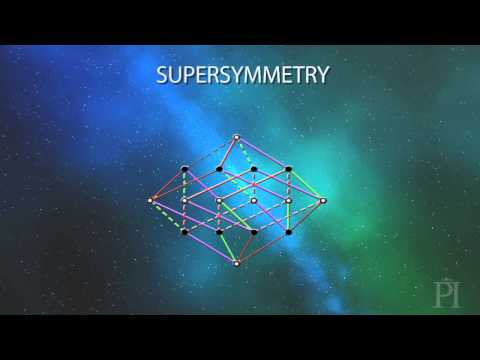
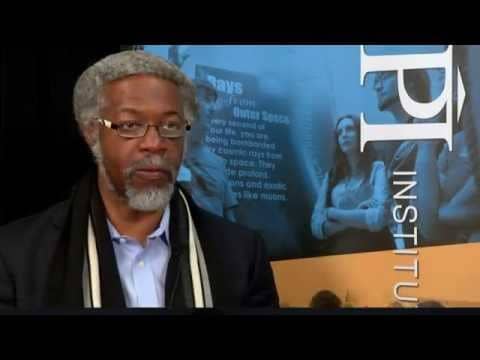



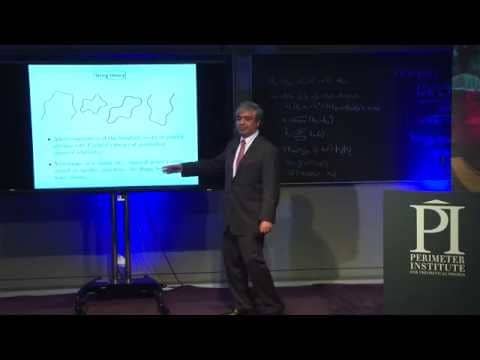
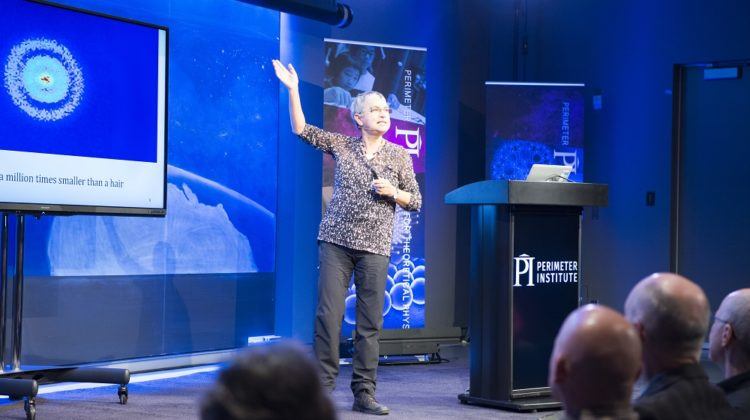
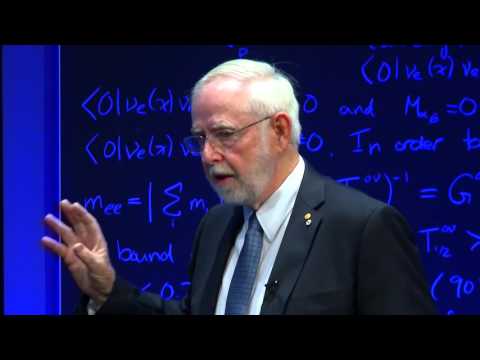
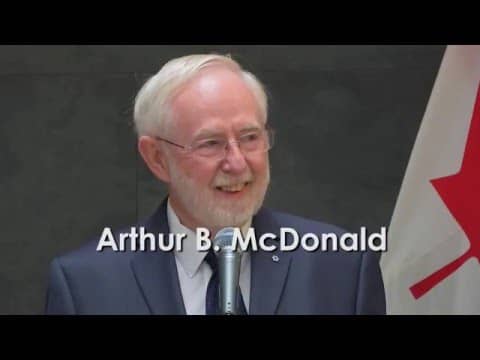



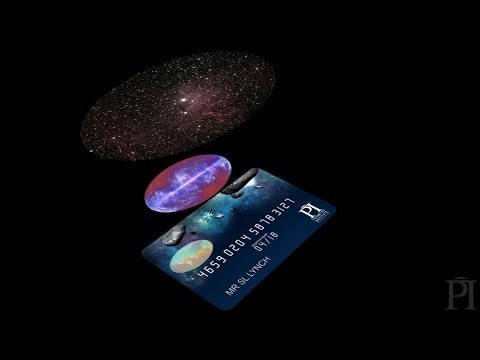





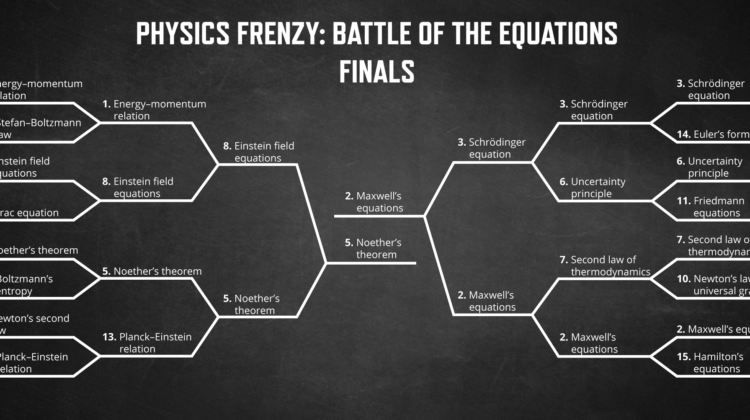

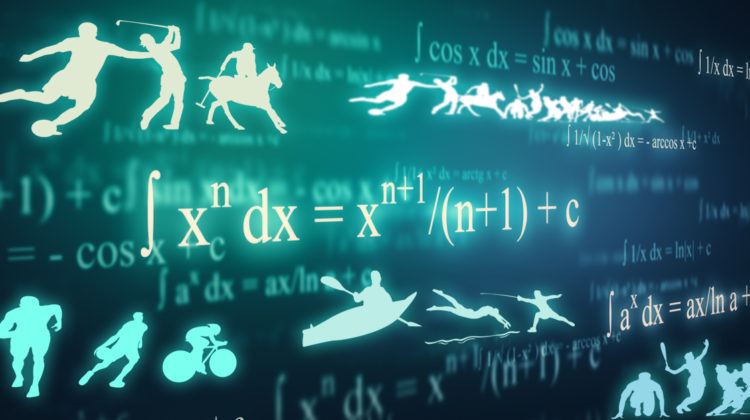
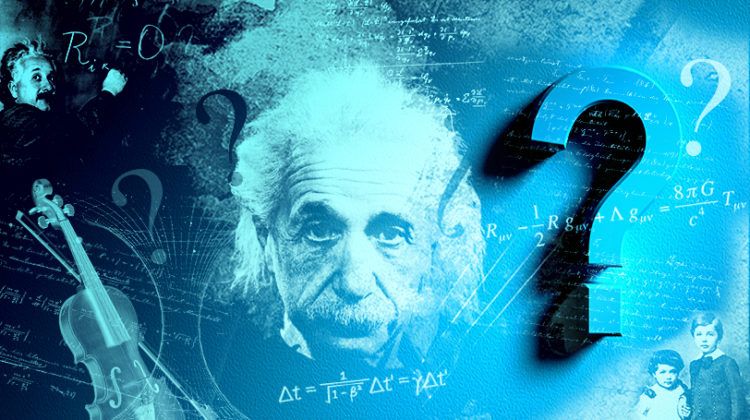
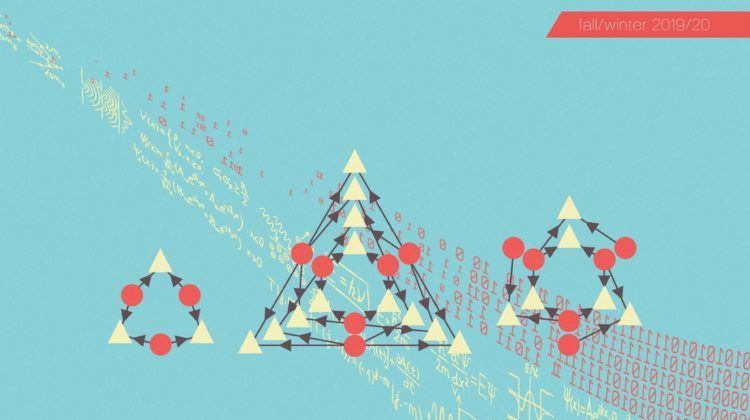
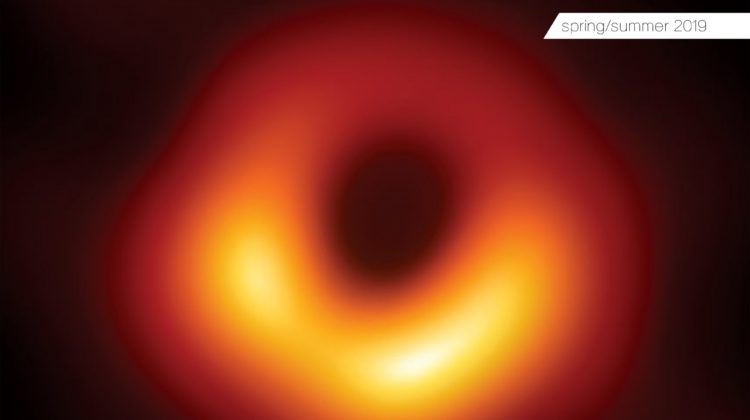

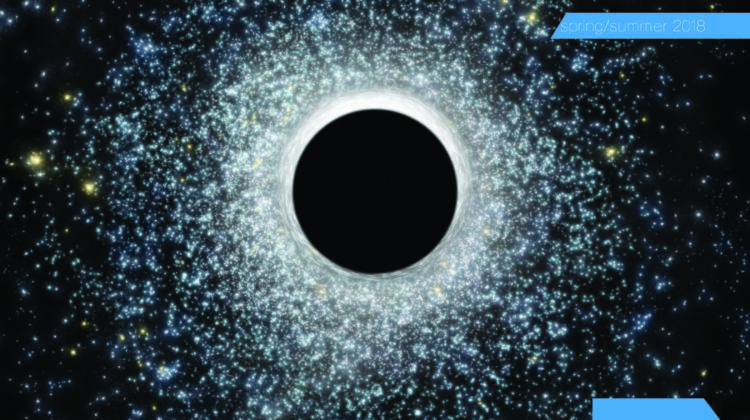
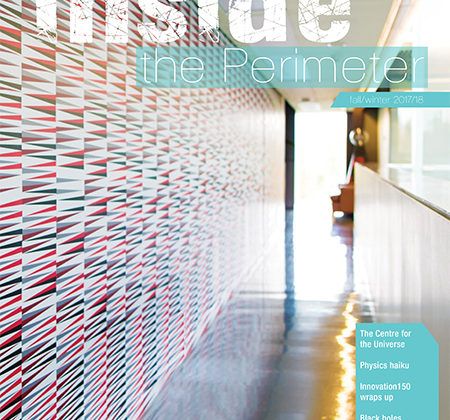



13/15 Not bad!
Some personal thinking on QM…
Question 4
Quantum mechanics is our most ontological theory. The probability of “finding” a particle at a certain place and time MAY be traded for the probability of “existence” of a particle at a certain place and time. In other words, the theory being correct, the probability for a particle ” being” in one place must match the probability of us “finding” it in that place. Somehow, the wave function describes the variation of the exact parameter to which the ontological existence of the particle responds to…
It is possible that the equation describes the variation of the rate of time within the wave. A lower rate of time would mean slower time and longer time of residence i.e. longer existence in one place and corresponding higher probability to be found there….
Question 7
Position and momentum. First off, there is a conceptual difficulty in conceiving the measurement of position and speed (momentum). Are they not, position and movement, like two opposite concepts?
Secondly, a particle momentum mv comes with a specific associated wave. Therefore, momentum is “physically made” of the particle with its associated wave. We may think of m and v as separate parameters or measurements. But for the particle, they are both part of a single condition we call momentum. One could argue that such momentum and associated wave would require an absolute value for speed v. An absolute speed is possible “relative” to the speed of light c, not to anything else.
Just the concept. A 200 meter long oil tanker has a GPS with 5 cm precision. Actually, it is “tanker all the way” for the whole length of the 200 meter. If we admit that something does exist, the precision of its position cannot be better than the actual size of this something. Right?
Question 9
The double slit experiment is indeed the first and best QM experiment. But I believe that it is not for the right reasons. The essential of quantum mechanics is that any continuous parameter will become discrete or “quantized” once under constraint. The Direction of the photon is such parameter that becomes quantized by the constraint of the slits. A “photon” conceived as a single wavelet is a finite entity like a particle, with the property of a wave. The photon is a wave(let) and no “duality” is required.
Question 11
The energy of the photon. All photons have the same quantum of action Planck h. The only difference between them is the amount of time the Planck resides in. The Period is the fix delivery time of the Planck. In other words, the photon is power, or a Planck quantum of action locked into a specific delivery time. This photon will be emitted or absorbed by oscillator having the same rate of transfer.
A UV photon has more power than a red photon simply because it delivers its quantum of action in a shorter amount of time. This requires that we re-think the meaning of the work done and “energy levels”. In a universe with a running time background, how quickly things happen is what matters. (Forget wave collapse, an uninvited synonym for “instantaneous”)
Question 12
Entanglement. Entangled particles are so because they “shared a moment together”. At that moment, the Pauli exclusion principle (and other principle?) says that nature makes sure it can distinguish them apart. So, they (particles) draw who gets the up and who gets the down and then they part their way. Any up will correspond to a down somewhere else, no matter how far. How do the particles know for which parameter they have to draw? The measurement provides the constraint (see question 9) on the up-down parameter necessary for the Pauli exclusion (et al.) to come into force for that parameter. Nothing spooky here.
Should anyone here present know of any reason that these words should not corresponds to holy quantum mechanics, speak now or forever hold your peace.
(Comments welcome)
Marcel,